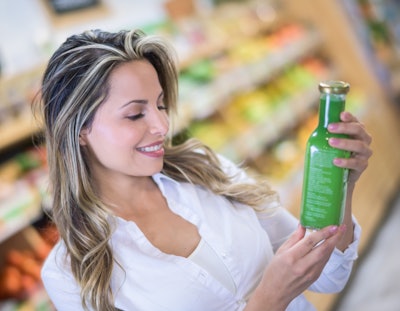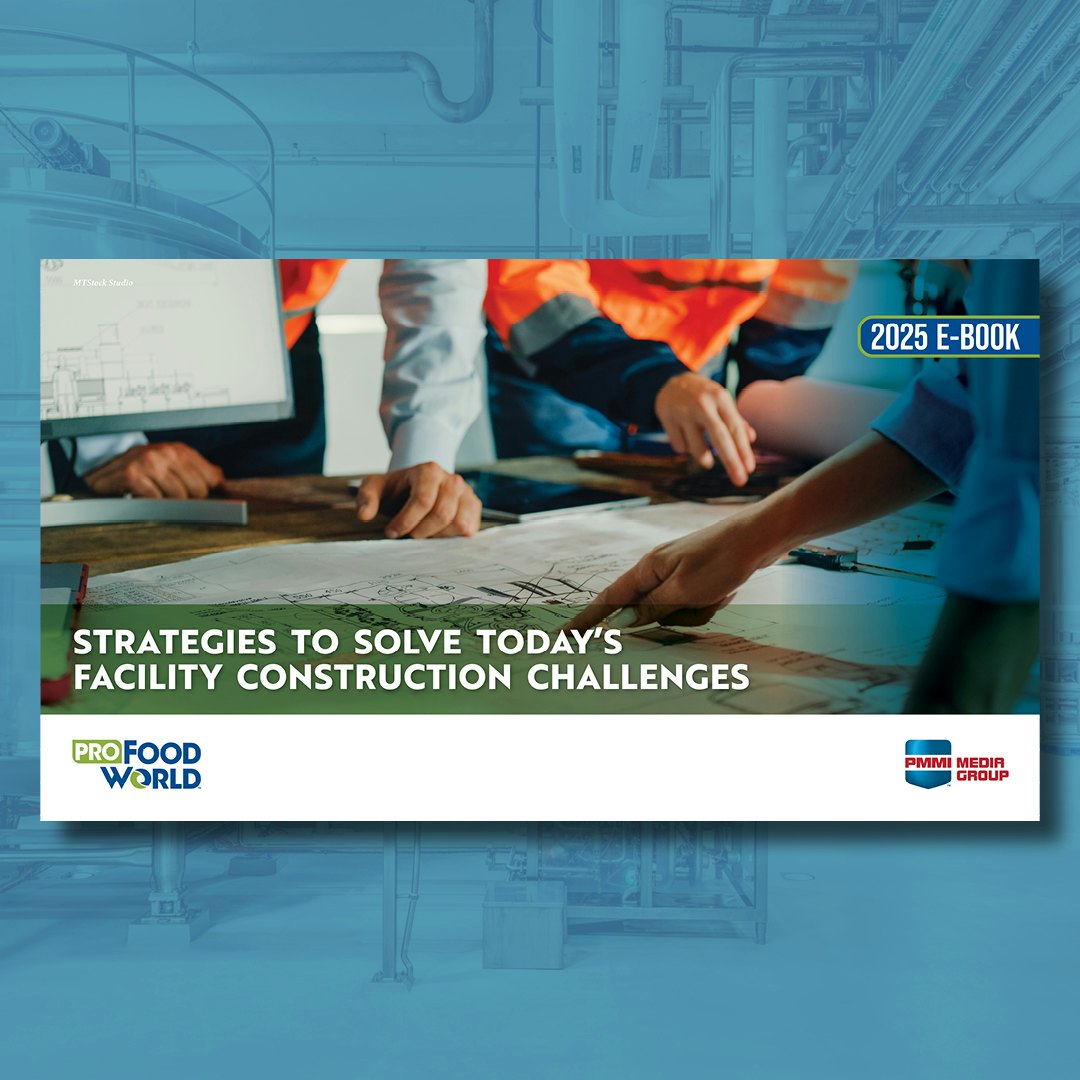I tell my students that while the item inside their package is the commodity, it’s the packaging that provides the value (while protecting, containing, and providing utility of use, of course). However, when confronted with options for packaging, many of us seem to separate the product from the package and focus on cost reduction. My goal is to demonstrate that packaging is so valuable that selecting the best design, versus the best price, will increase revenue, improve product quality, and positively influence the emotions of consumers.
You may have heard about the famous taste tests featuring the same beverage in a paper cup, an aluminum can, a glass bottle, and a plastic container. Reactions to the flavor of that beverage in each of the different containers vary wildly, which makes sense because the materials are very different and have their own associated taste when pressed against our lips. We’ve all likely experienced the difference in taste ourselves across the beverages we consume within vessels of various materials.
I propose that the simplest elements of packaging influence your evaluation of the product and even your mood. We all know too well the impact a positive experience or a negative experience can have on your entire day. In the vein of taste, emotion, and packaging, I’ve conducted a couple of research experiments to explore how relatively benign changes to packaging can influence mood and evaluation of the quality of a product.
Last year, one of my graduate students studied emotional responses to product labels. We purchased commercially produced bottles of kombucha in three different flavors from the same brand and covered up the flavor names so all the bottles looked the same with the exception of the label color: green, yellow, and orange. What participants didn’t know is that the bottles with the green and yellow labels contained the exact same beverage.
In the research study, participants tasted each of the three beverages. They self-reported their preferred flavor on a ballot while their facial expressions were being recorded so that their emotional responses could be evaluated. Interestingly, their self-reported preference was for the green label over the yellow one. This was confirmed by the biometric data when we analyzed their facial expressions and found that the yellow label had a higher probability of eliciting negative emotions. With all other factors being exactly the same, green is a better choice than yellow for this specific product, packaged in this specific bottle, for this specific brand. It’s a powerful thing to understand that something as simple as a spot color can make a product taste different and influence the consumer’s mood.
Let me share another research study with you that supports my theory that packaging can affect value. In this study, we conducted an eggnog taste test with six samples to taste and evaluate: an organic “high-end” brand, a mass-market brand, and a less expensive store brand. The first three cups had their associated packaging behind them; the remaining three samples were the same samples as the first three, but without their associated packaging. The fascinating result is that the participants gave the highest ratings to the “high-end” brand with its associated packaging, but that very same eggnog scored significantly worse than the others when the package was not included. Packaging design can have a major impact not just on perceived value, but on the flavor and product experience as well.
What does this mean for you? When designing your product’s packaging, you might want to consider not just how much it will cost, but how materiality and design strategy influence consumer behavior as well. Even if you don’t produce food products, your packaging influences the likelihood of returns, product expectations, repeat purchases, and ultimately the equity of the brand. Will your packaging decision leave a positive or a negative impression on the consumer’s experience?
Packaging is of vital importance to the success of your product. It’s worth the time and effort to create a design that not only commands attention, but also makes—and fulfills—a promise that this is the best option for your customers’ needs.
























